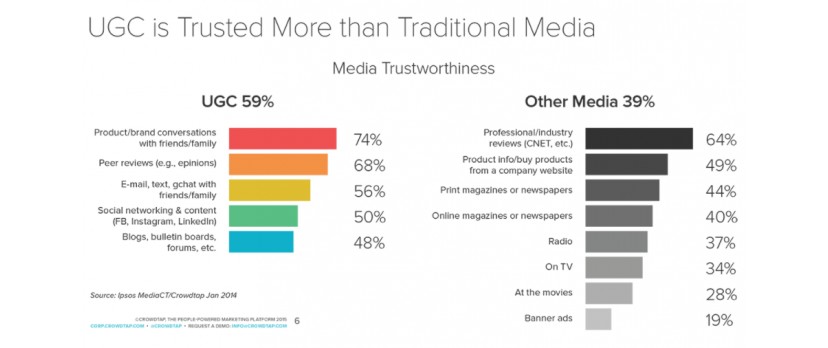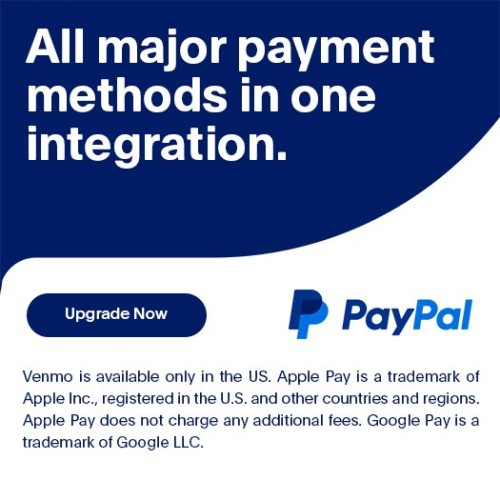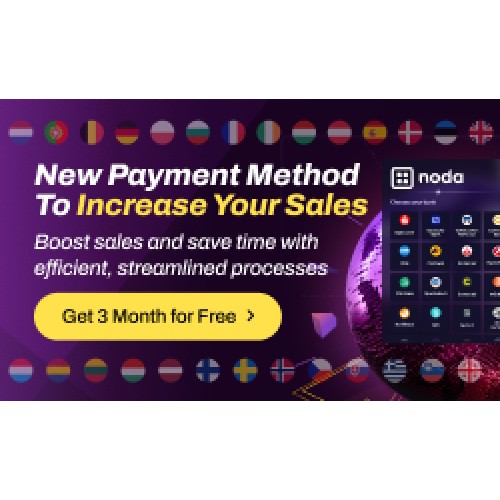Content marketing is one of the most potent tools that digital marketers have at their disposal. It’s particularly popular with ecommerce brands. If you are an ecommerce business, you will probably find that your competitors are already using the technique.
But what is content marketing?
Well, it refers to creating various types of content for different platforms. When aimed at your target audience, the content will help to boost your brand awareness and drive more traffic to your website. A well-developed content marketing campaign will attract visitors who are genuinely interested in your products and what you offer.
In this post, you will find creative and engaging content ideas that will transform your ecommerce marketing. Let’s get started.
1. Video Content
There is no denying that video content attracts and engages users. Research shows that by 2022, online videos will account for around 82% of all internet traffic.
Therefore, video content should feature significantly in your ecommerce marketing campaign.
However, your content should be fun and concise for optimal results - usually around a minute long. Be warned if your video is too long and complex, it will not be as impactful. The user will just switch off from your content altogether.
In particular, product videos have been found to drive sales for ecommerce websites. Product videos inform consumers engagingly. This brings them closer to making a purchase. No wonder big ecommerce stores like Adidas use these videos.
With the video, site visitors get a glimpse of the product details. They can also get that critical information in such a short amount of time. With a 30-second video, you can convey the product’s size, design, and make in minutes.
With videos, site visitors also get to see the product in action. As a result, the user is more likely to buy the product.
Videos can also be used in other places within your online store. These include
- On your website’s home page
- On different product pages
- To showcase testimonials
- On dedicated landing pages
- Off-site platforms, such as YouTube
Ensure your videos have distinguishing features–logo and brand colors, among others—that will allow viewers to associate them with your brand. One way to ensure your content is getting seen is to publish regularly and *schedule videos on YouTube* or other platforms that you'd choose ahead of time.
2. Collaborating with Musical Influencers
With social media taking up a vast proportion of our daily lives and social media influencers making a full-time job out of posting, it would be a huge mistake not to include influencer collaborations in your marketing strategy.
At the same time, music is a universal language. If you want to have the most significant impact in the shortest amount of time, consider including some collaborations with musical influencers.
There are a few different options for the sort of content you can create in this domain. You want to find the right influencer who fits your audience, and brand values, tone of voice and helps you get the message across. You can use influencer marketing platforms to find such influencers.
Music can play a critical role in helping videos become viral, and we have seen this repeatedly on TikTok. TikTok has grown exponentially over the last few years (annual user figures shown in the chart below), which indicates that the app offers marketers access to potential customers in one place.
The platform has also helped businesses gain a lot of attention, sometimes overnight.
But if you don’t think that TikTok is the right place for your ecommerce marketing campaign (because your potential customers aren’t there, for example), don’t worry. You can still have those musical influencer collaborations without using TikTok.
For example, luxury brand Burberry posted musical influencer content on their site as a marketing technique under their recent ‘Acoustics’ campaign. They used the music of up-and-coming artists to attract consumers’ attention.
The musicians wore Burberry clothing throughout the campaign. They sang acoustic versions of songs, creating a sophisticated brand image for both Burberry and the musicians involved.
The campaign allowed Burberry to strengthen its customer relationship with its audience. You need to experiment with a similar campaign for your online store.
3. Engaging Product Guides
Product guides can skyrocket conversions and help retain customers by building lifelong customer relationships. Creating content that educates the consumer on how to use a product gives them a reason to return to your website post-purchase.
The thing about product guides is that they don’t necessarily have to be boring. You can use illustrations, images, and graphics to entice people to read them.
Check out this sample product guide from a company that sells quality bottles to pharmaceutical companies:
Notice that the cover page features the company’s products, and the text is limited only to a few lines. One look at this cover page and the consumer will be convinced to continue reading that guide. So the product description must be concise and limited to a few lines to convince the readers. Some AI tools like Prepostseo or Summarizer can help you make the lengthy text more descriptive and concise. You can even use an AI art generator by Picsart to conjure up visual content that will jazz up your product guides further, without adding too much more work to your schedule in the process.
Here are some popular product guide forms for e-commerce websites you can leverage:
- How-to-use infographics
- Frequently asked questions visuals
- Setting-up guides
Make sure your guide includes keywords that will help ensure their visibility on search engine results pages. This should help you drive even more traffic to your e-commerce site.
Besides utilizing SEO best practices, you can also drive traffic to those guides through social media and email marketing. So it may be time to invest in a solid social media marketing strategy. Plus, you can get email finder tools to verify your email list before starting your email campaigns.
4. User-generated Content
Another crucial aspect of successful ecommerce marketing is user-generated content (UGC). UGC is content that your customers create by talking about your products or brand. User-generated content is an effective content type for building trust and credibility with your specific target audience. The content can be packaged in the form of videos, images, and even text customer reviews.
Research has identified that user-generated content is considered more authentic and genuine by consumers. Around 85% of consumers find user-generated content more influential than content created by a brand.
As shown below, the major American nail polish brand uses user-generated content on product pages to convert more potential customers.
It would be a mistake to assume that magazines are no longer popular. While yes, of course, so much of what we read and view nowadays is digital, this doesn’t mean that magazines aren’t just as valuable as a marketing tool.
When you think of images traditionally found in magazines, you likely think of editorial glossy, high-quality, and enticing pictures. Who doesn’t want this as part of their ecommerce marketing campaign?
You can use magazines, both physical and digital, as a way to showcase products and style them desirably. It’s almost the same thing as the newsletters shared in SaaS email marketing campaigns. The magazines can help update your customers about your brand and the products they love. They’ll help you foster a deeper connection with your audience.
For instance, you can build a solid and loyal client base through magazines when they are made into a subscription-based package. That is a technique used by global SaaS streaming service Netflix, which launched its magazine, Queue, in 2019.
Interactive content, which can come in the form of infographics, ebooks, and presentations, is the type of content that allows the user to engage with it. It creates a unique user experience, too. We've got a very popular site for you to make infographics.
Another benefit of interactive visual content is that it helps gather user feedback. You can use specific tools to identify the clicks, views, and interactions with different elements in your interactive visual content. That helps you better measure efficiency and can inform your entire marketing strategy.
In other words, interactive content provides you with the essential marketing gift: data.
7. Gamify Your Content
The use of gamified content is one of the most popular and innovative content marketing strategies out there.
Gamification refers to the use of game-like mechanisms to create immersive experiences that boost the user engagement.
McDonald’s Monopoly game, for instance, is popular in 23 countries. It encourages consumers to buy more expensive items to participate in the game. That boosts sales for the fast-food chain and encourages customer loyalty.
While there is no one-size-fits-all approach to ecommerce marketing, what is clear is that the use of content is a must. Engaging content will drive people to your site to see your products. And when they see those products, they are more likely to purchase them.
You learned seven content ideas from this article. All these types will help you get your audience’s attention and increase your chances for conversions. You don’t need to stick to just one. Try a combination of many of these content forms. Or try all of them at once if you can. Then just stick to the ones that work the best for you. All the best.



Login and write down your comment.
Login my OpenCart Account